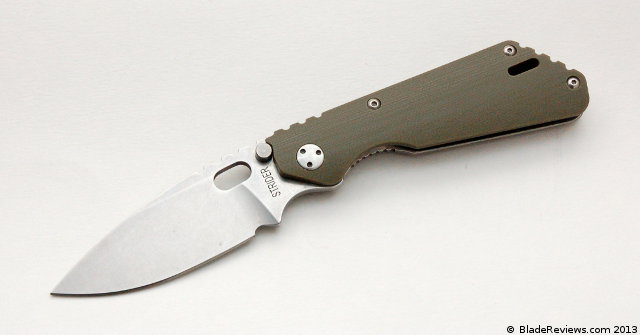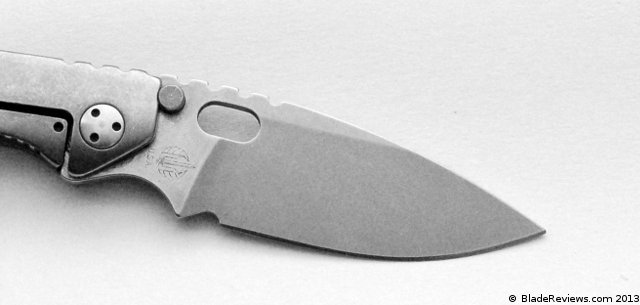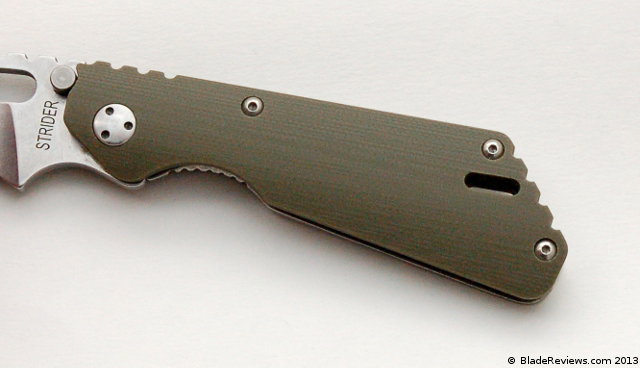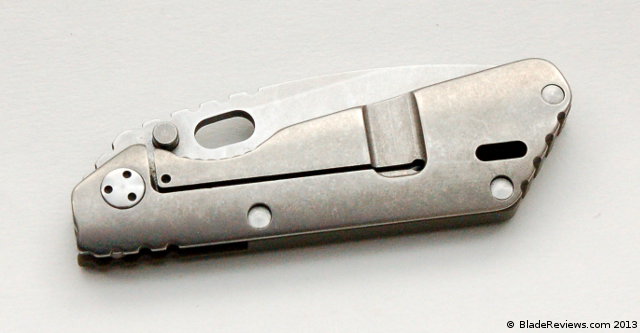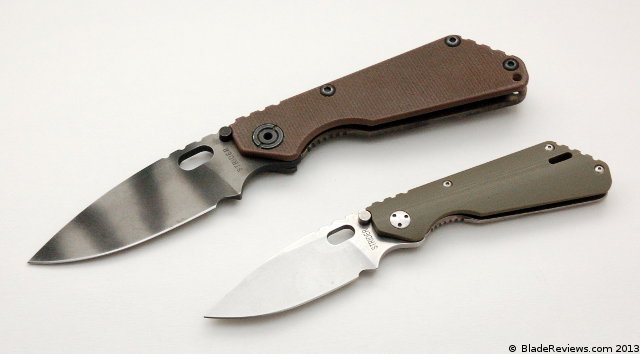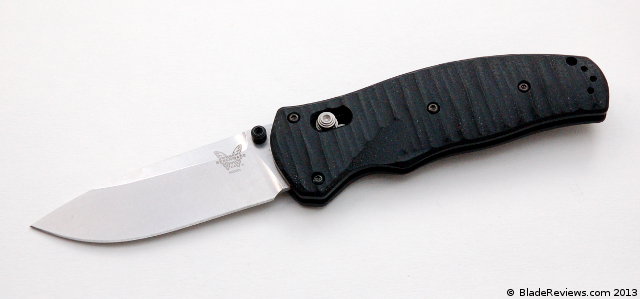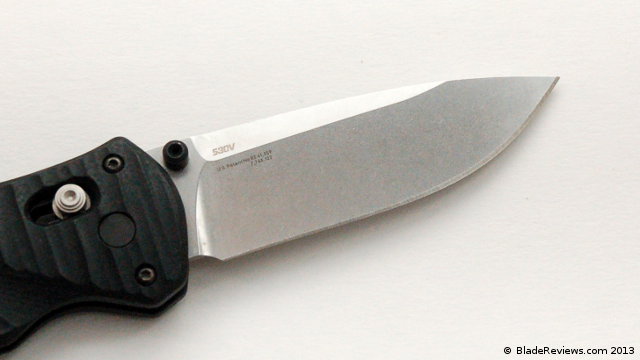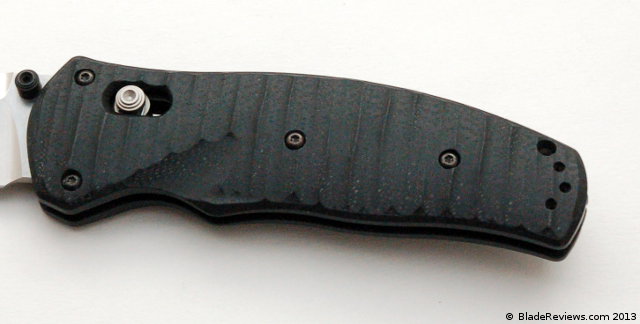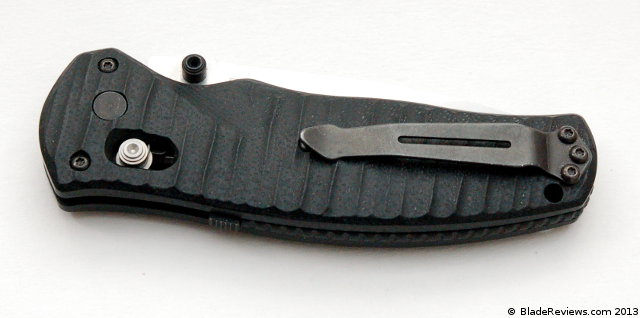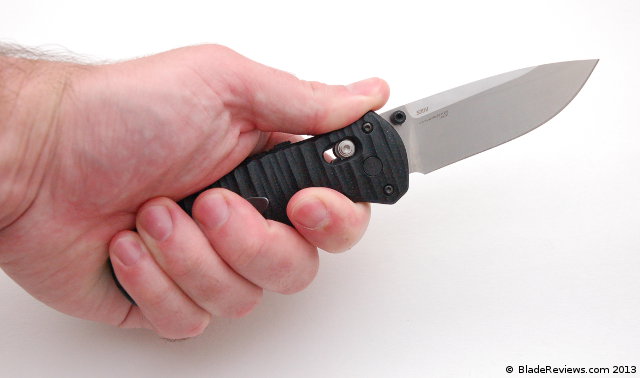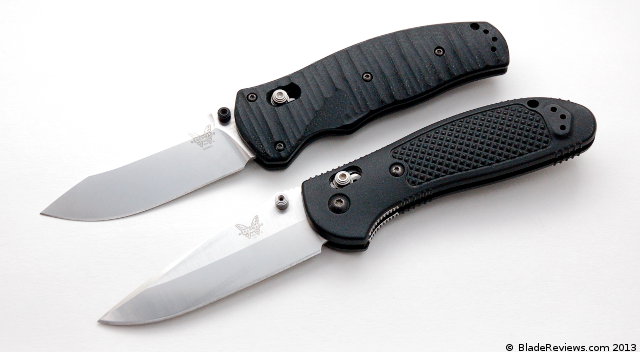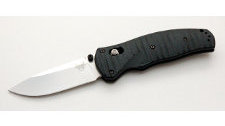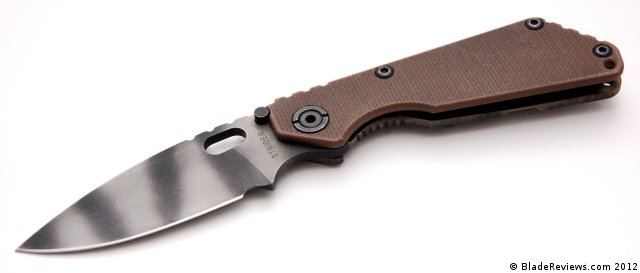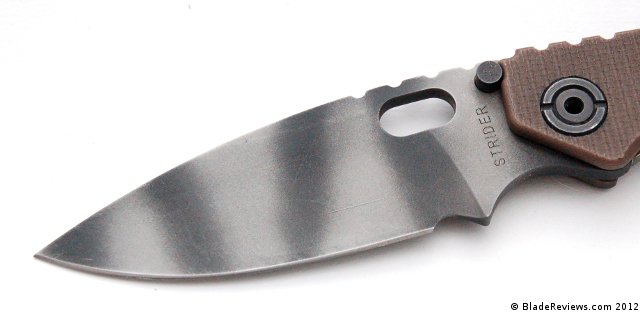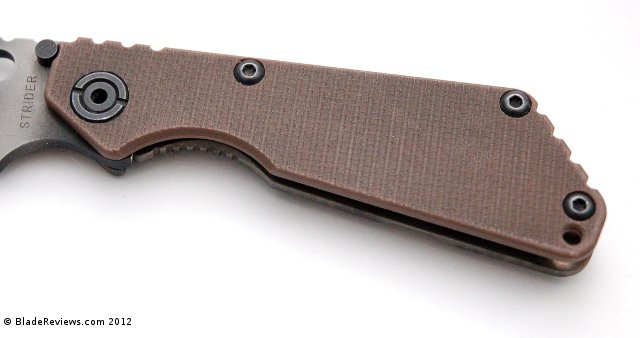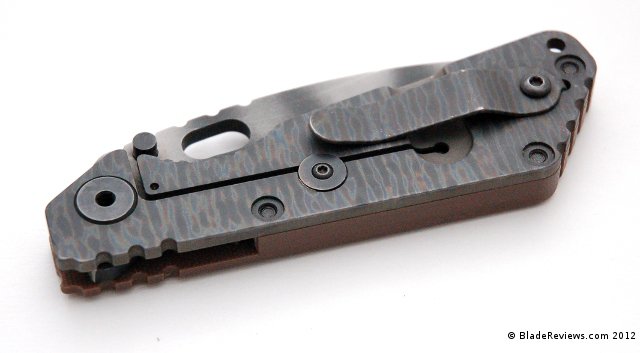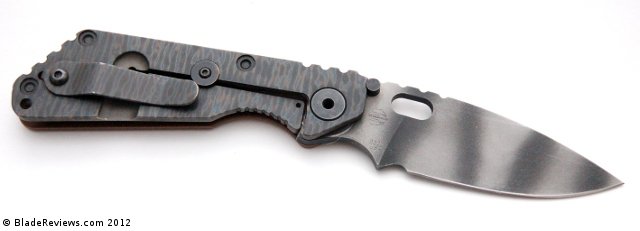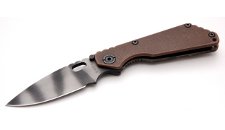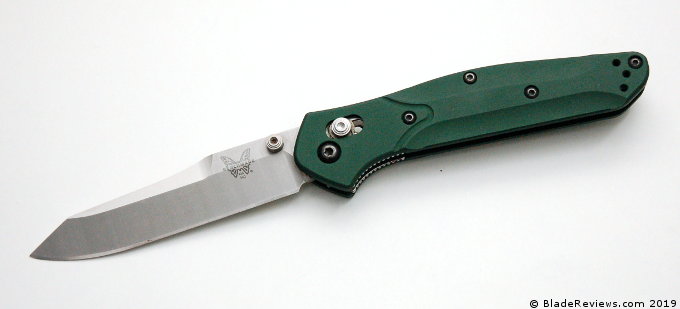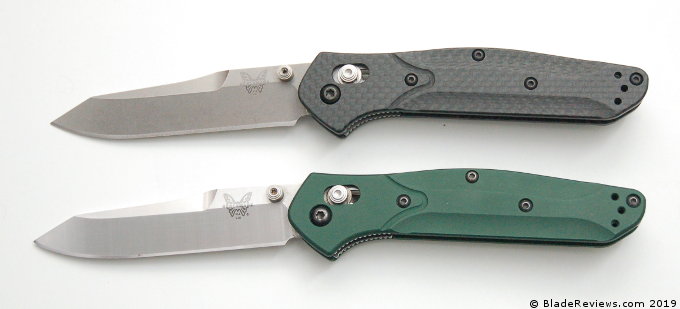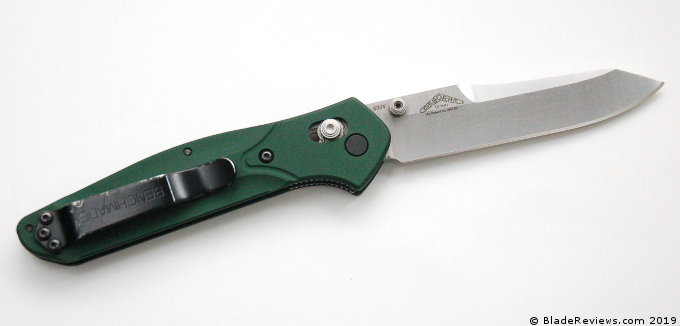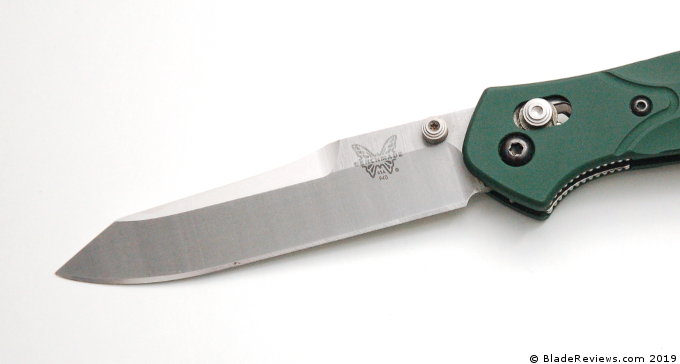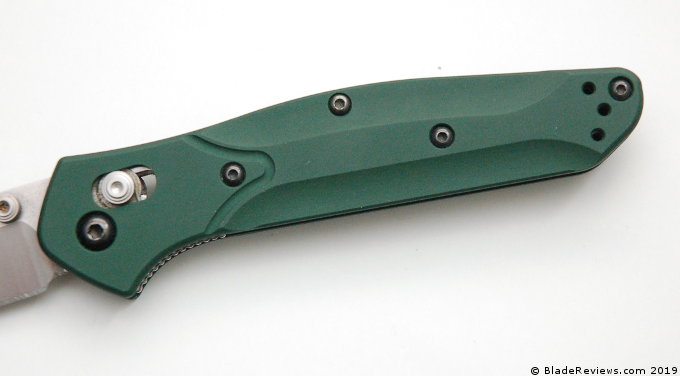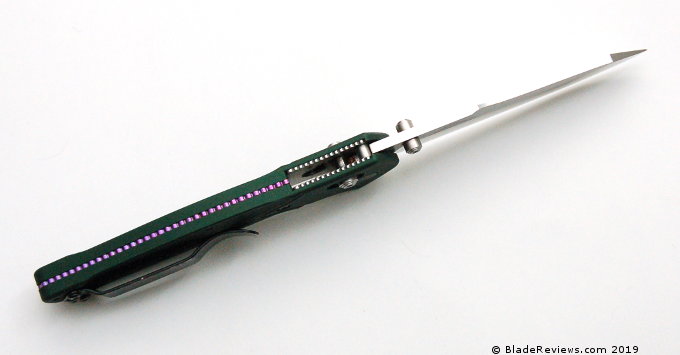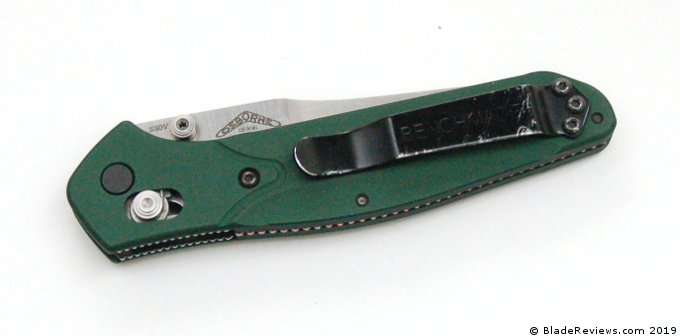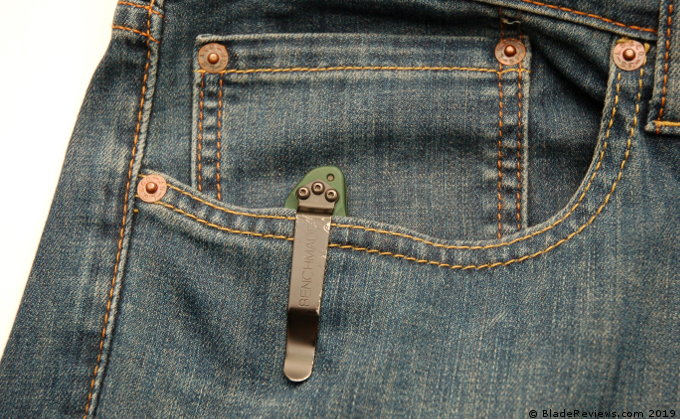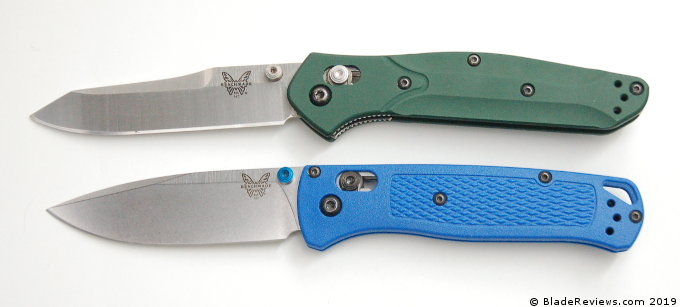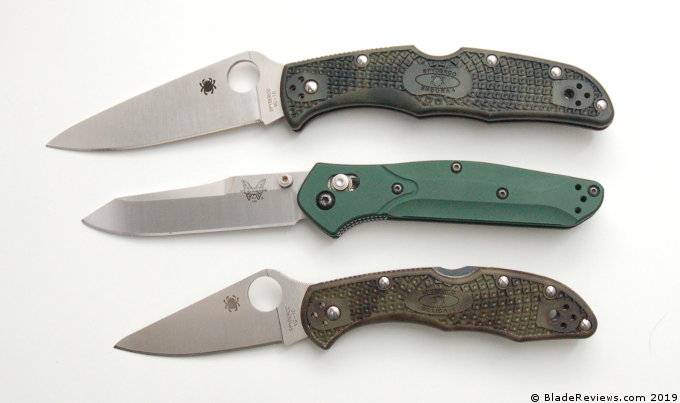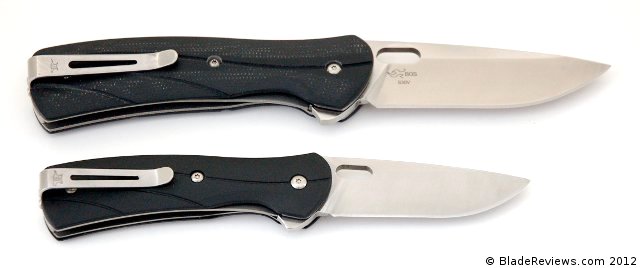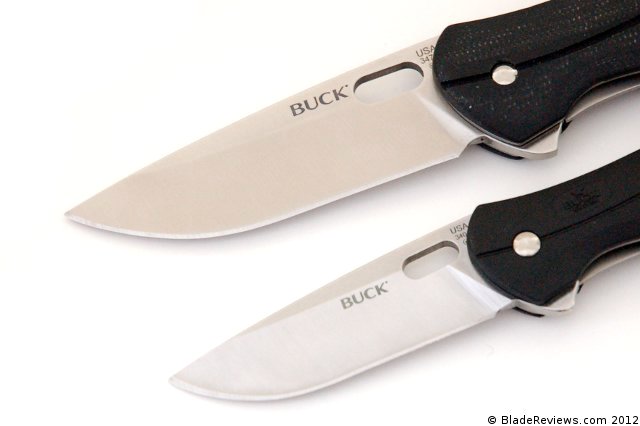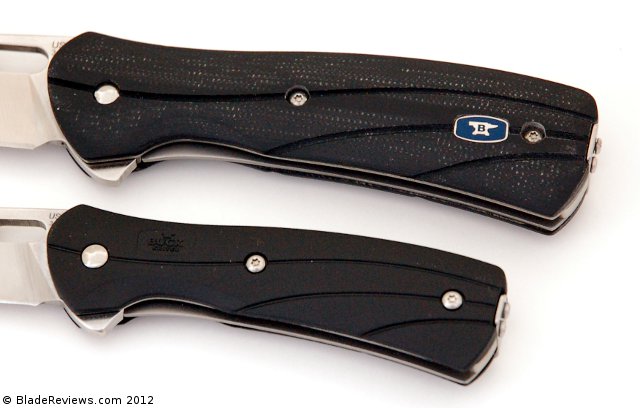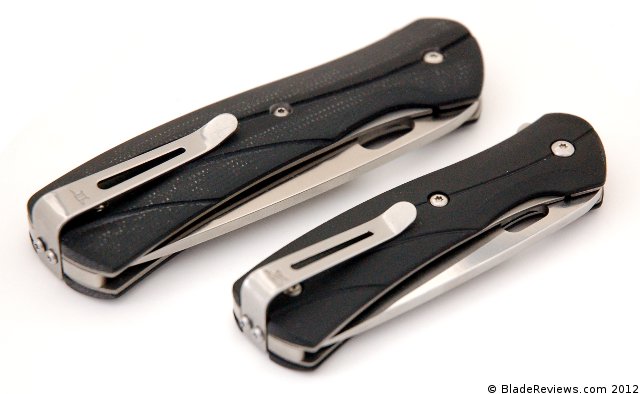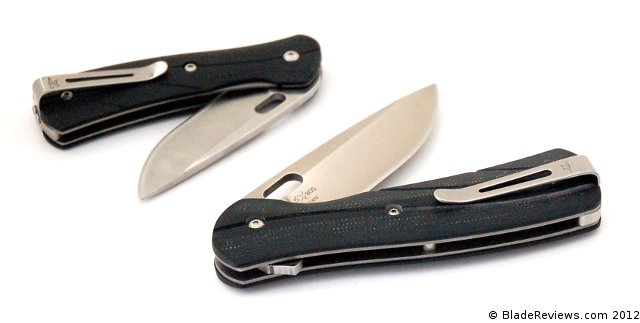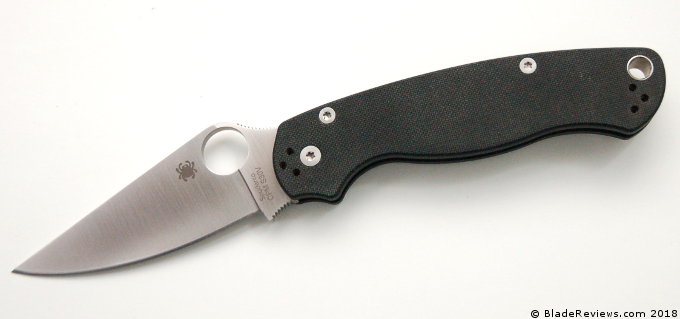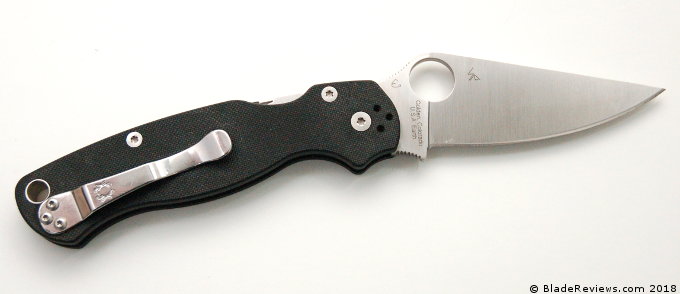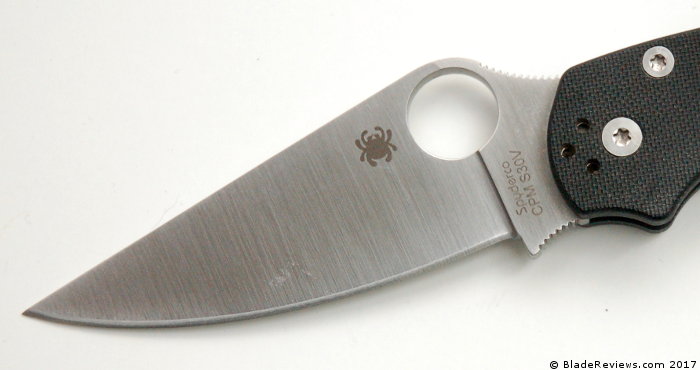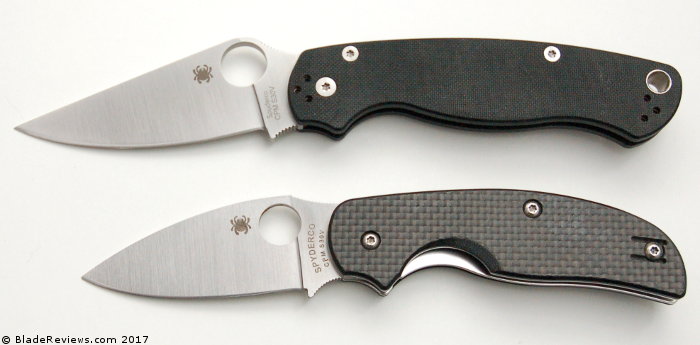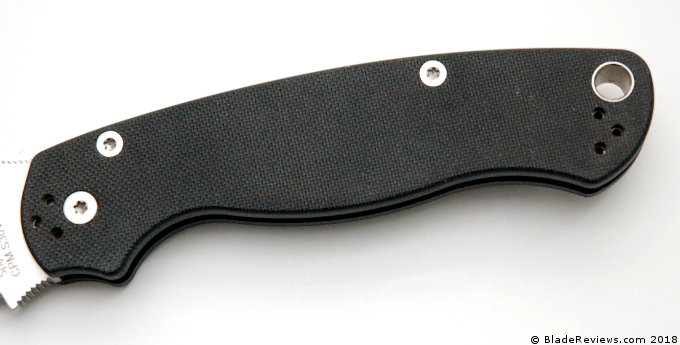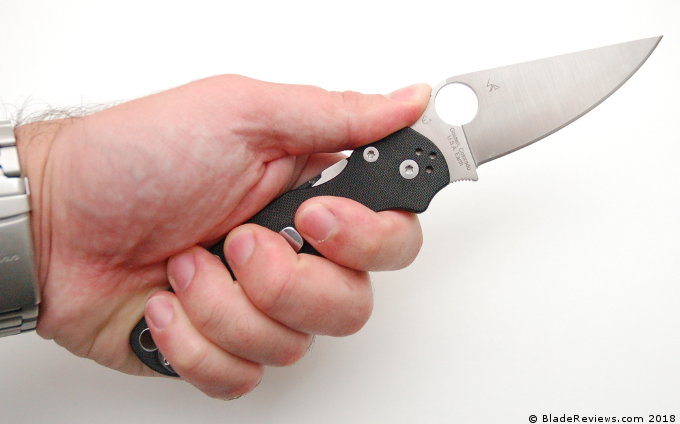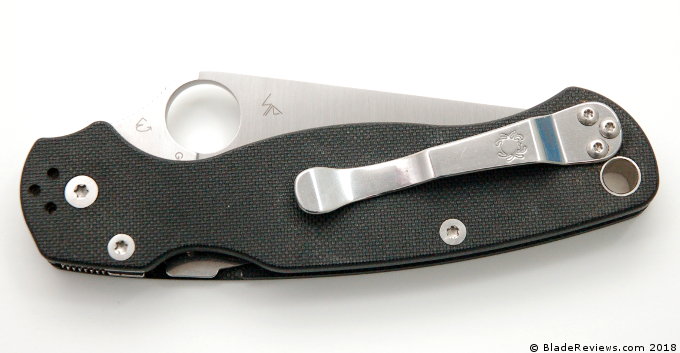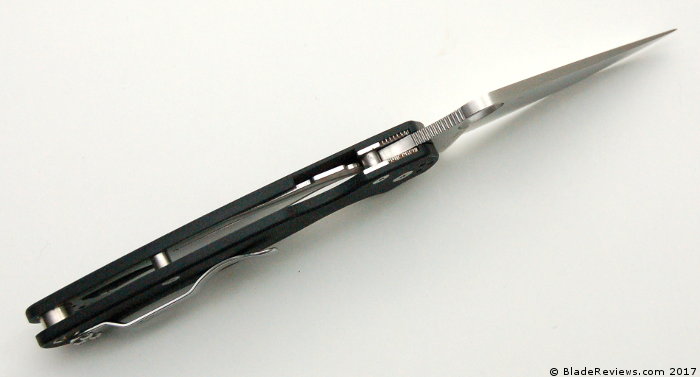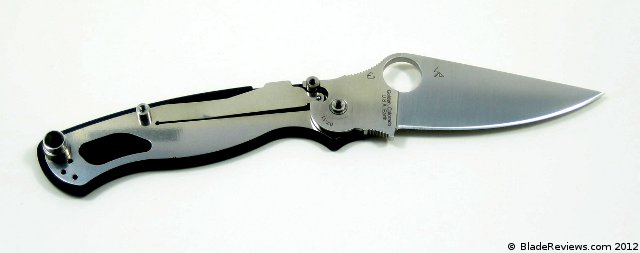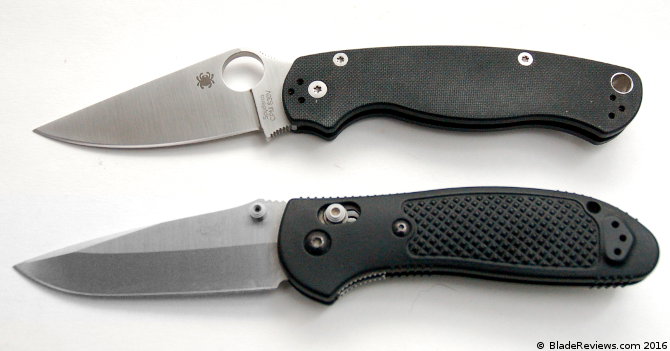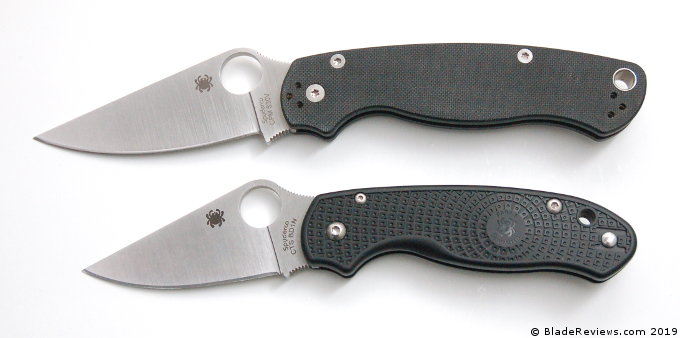Last Updated: August 3, 2019
One of the best parts of blogging about knives is checking out other people’s blogs, and seeing what they really like. It often piques my interest and expands my collection into all sorts of unhealthy directions. Case in point, I had absolutely zero interest in the Strider PT until I read Tony’s post on it. Boom. It instantly elevated the knife up to “want” status and several weeks later I had the PT you see before you resting comfortably in my pocket.
As usual, Tony did a great job reviewing the PT with a catchy intro weaving artfully into background info on the knife and of course leading into his famous (infamous?) 20 point scale. I won’t even pretend like I’m that sophisticated. I’ll just babble on in my usual, loosely organized fashion, and ultimately try to determine whether the PT meets my approval as highly as Tony’s did.
General Dimensions and Pocket Clip
The PT has an overall length of 6.5″, sports a 2.75′ blade, and weighs in at a paltry 2.3 ounces. Compared to it’s bigger brethren, the SnG and SMF, the PT is very much a true daily carry knife, and was designed with fans of small pocketable knives in mind. The PT falls into the pocket with hardly a whisper and rolls around with my keys and flashlight just like a $20 Swiss Army Knife might.
The blade is Strider’s iconic drop point, complete with oval thumb hole and well spaced jimping. The blade is flat ground but still has plenty of meat behind the edge. It will open letters and cut boxes, just don’t expect it to peel away translucent thin pieces of cheese like a true gentleman’s folder. The grind of the PT leans towards hard use, just like it’s bigger brothers.
My particular PT came in S30V blade steel, and features a gently stonewashed with an even edge bevel. I find the S30V relatively stubborn to work with, but I am still able to keep a decent edge on it. Despite the knife being well, a Strider, I opted not to super hard use instead relegating it mainly to cardboard and kitchen tasks> These are more of my normal EDC tasks for a knife of this size rather than a back yard beat down. It performed adequately in all the tasks I put it up to, although I wasn’t blown away by the performance of this blade. As I alluded to before, the grind on this knife is fairly chunky, and like my full size SnG, isn’t the best slicer in my knife drawer. The trade off of course is that you have a much stronger edge.
Handle, Ergonomics and Pocket Clip
The handle is classic Strider. You have an integral G10 backspacer and display scale, a titanium frame lock, and a proprietary pivot. Despite Strider’s notoriety for subpar fit and finish, my PT came superbly finished. Every aspect of the handle, from the tumbled titanium down to the lanyard hole, has been delightfully well done. So no fit and finish gripes here. It looks to me like Strider has listened to customer feedback and tightened up their tolerances. All of my Strider knives are well made and my PT is a wonderful collector’s grade piece.
It is also worth noting that this is the concealed carry (CC) version, meaning the handles have been convexed for a thinner, lighter, more discrete knife. Compare the CC PT with my traditional (aka “lego”) styled SnG below to see what I mean.
Despite being a small knife, the PT boasts very solid ergos. It’s unique handle shape and elongated dual finger choils make for a comfortable 4 fingered grip, even with larger hands. There is a rough run of jimping on the spine. It is not a big deal on a light use sub 3 ounce folder like this, but it does provide plenty of traction for opening clamshell casings and other harder tasks.
The pocket clip section is moot as there is no pocket clip on the PT CC. I know some will have a problem with this, but I don’t mind the clipless PT as I usually carry an Alox Cadet this way. I will say the toughest part about carrying this $300 knife clipless is dropping it into the lint filled abyss to have it rattle and roll with keys and spare change. While my classic SnG with tiger striped blade seems to only look nicer with wear, I find scratches harder to ignore with this this stonewashed clean shaven look.
I will say that the regular Strider PT comes with a clip.
Deployment and Lockup
The PT makes use of a thumb hole for blade deployment. The “thumbstuds” are external stop pins, and don’t work well for opening the knife. True to the knife’s meticulous fit and finish, I find the action on my PT nice and stiff. This is after months of opening and closings. Perhaps “purposeful” is the better way to describe the PT’s action, as I like stiff opening. The sturdy detent sucks the blade down with a satisfying click, not unlike the way the doors fall shut on a German car.
Lockup is accomplished by the titanium frame lock. There have been issues in the past with Strider lock ups, and the PT wasn’t spared in that controversy. My understanding is that Strider has gone to great lengths to address this issue in all their knives. My PT is the most recent generation of the knife, and it locks up early, sturdy, and without play in any direction. The lock release can be a little difficult to access. Given the stiff action and small lockbar, it’s more of a two hand closer in my book. I will say that everything feels is very secure.
Strider PT Review – Final Thoughts
The Strider PT is a lovely little knife. It is beautifully made, boasts classic Strider lines, and is small enough to carry in a suit pocket. This Strider is perfect for a paper-pusher like myself, but is tough enough to stand up to some real use.
I like the knife for what it is, small, well crafted, and unique. Some may not like it for what it isn’t. And one things it isn’t is a cheap knife. Retailing at $300 (if you can even find one) the PT isn’t for the light of wallet, and like most of my high end knife reviews, probably begs some discussion of value. I’ll spare you that lecture. Only you can decide for yourself whether the PT is “worth” the premium price tag.
I’m happy with mine but confess that 9 times out of 10 I still reach for my trusty Alox Cadet when I need a slim workhorse pocket knife to bump around with my car keys and flash light. But, the PT appeals to me on more than just a practical level and I do enjoy it. For that reason I don’t see it leaving my collection any time soon.
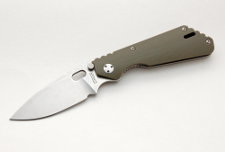
Strider PT – $300.00
From:BladeHQ KnifeArt
I recommend purchasing the Strider PT at BladeHQ or KnifeArt. Please keep in mind that purchasing anything through any of the links on this website helps support BladeReviews, and keeps the site going. As always, any and all support is greatly appreciated. Thank you very much.
